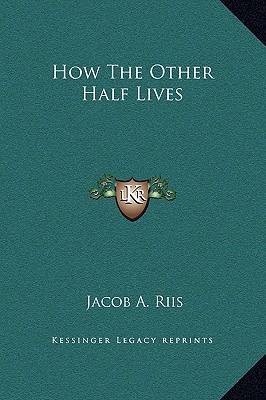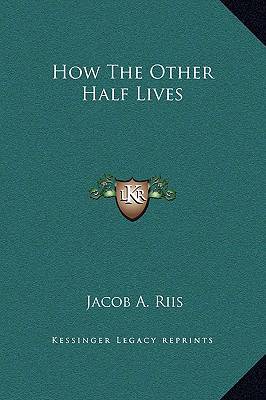
- Afhalen na 1 uur in een winkel met voorraad
- Gratis thuislevering in België vanaf € 30
- Ruim aanbod met 7 miljoen producten
- Afhalen na 1 uur in een winkel met voorraad
- Gratis thuislevering in België vanaf € 30
- Ruim aanbod met 7 miljoen producten
Zoeken
Omschrijving
""How The Other Half Lives"" is a non-fiction book written by Jacob A. Riis and published in 1890. The book is a groundbreaking work of photojournalism that exposes the living conditions of the poor and working-class residents of New York City's tenement buildings in the late 19th century. Riis, a Danish immigrant and social reformer, used his own experiences of poverty and homelessness to document the squalor and overcrowding of tenements, the exploitation of child labor, and the lack of basic sanitation and hygiene. The book includes photographs taken by Riis himself, which capture the harsh reality of life in the slums. ""How The Other Half Lives"" is considered a seminal work of social documentary photography and a catalyst for urban reform. It remains a powerful and poignant reminder of the struggles faced by marginalized communities and the importance of social justice.THERE is another line not always so readily drawn in the tenements, yet the real boundary line of the Other Half: the one that defines the ""flat."" The law does not draw it at all, accounting all flats tenements without distinction. The health officer draws it from observation, lumping all those which in his judgment have nothing, or not enough, to give them claim upon the name, with the common herd.This scarce antiquarian book is a facsimile reprint of the old original and may contain some imperfections such as library marks and notations. Because we believe this work is culturally important, we have made it available as part of our commitment for protecting, preserving, and promoting the world's literature in affordable, high quality, modern editions, that are true to their original work.
Specificaties
Betrokkenen
- Auteur(s):
- Uitgeverij:
Inhoud
- Aantal bladzijden:
- 164
- Taal:
- Engels
Eigenschappen
- Productcode (EAN):
- 9781169270510
- Verschijningsdatum:
- 10/09/2010
- Uitvoering:
- Hardcover
- Formaat:
- Genaaid
- Afmetingen:
- 178 mm x 254 mm
- Gewicht:
- 503 g

Alleen bij Standaard Boekhandel
+ 108 punten op je klantenkaart van Standaard Boekhandel
Beoordelingen
We publiceren alleen reviews die voldoen aan de voorwaarden voor reviews. Bekijk onze voorwaarden voor reviews.











